Barbarea vulgaris, also known as wintercress, yellow rocket or rocket cress, is one of the first wild edible plants to appear in the spring. Many people eat this plant, but you'll need to like bitter greens. Read on and I'll explain how to identify it, and how you can use it in the kitchen.
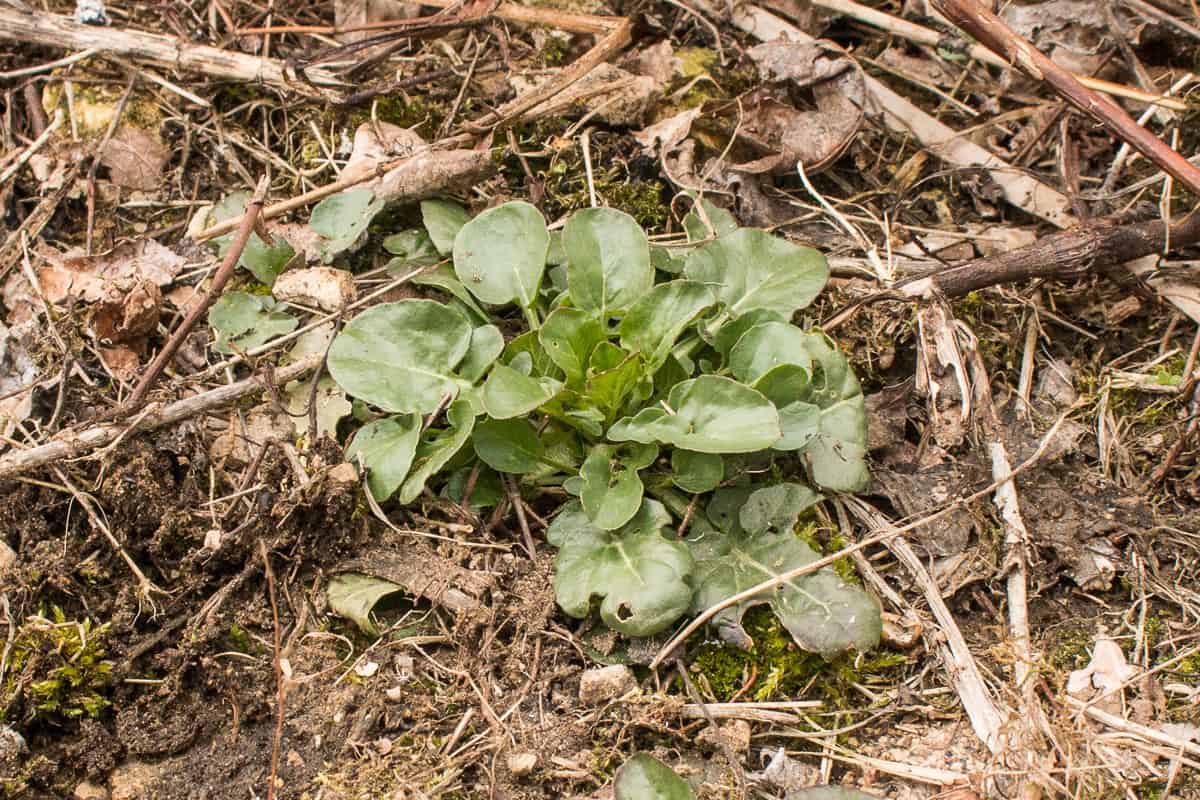
Yellow rocket (Wintercress)
Don't let the name fool you, while the leaves resemble different species of cress, the flavor is very bitter.
Barbarea vulgaris Identification
A widespread weed across North America, Barbarea vulgaris is in the Brassica or mustard family, making it a cousin to mustard greens and broccoli. The plant appears in the early spring as a cluster of dark green basal leaves, preferring well drained soils and disturbed areas. The plant leaves resemble mustard greens or arugula in shape.
The young leaves end in a terminal lobe. Stem leaves appear in gradually smaller sizes down the stems or petioles.
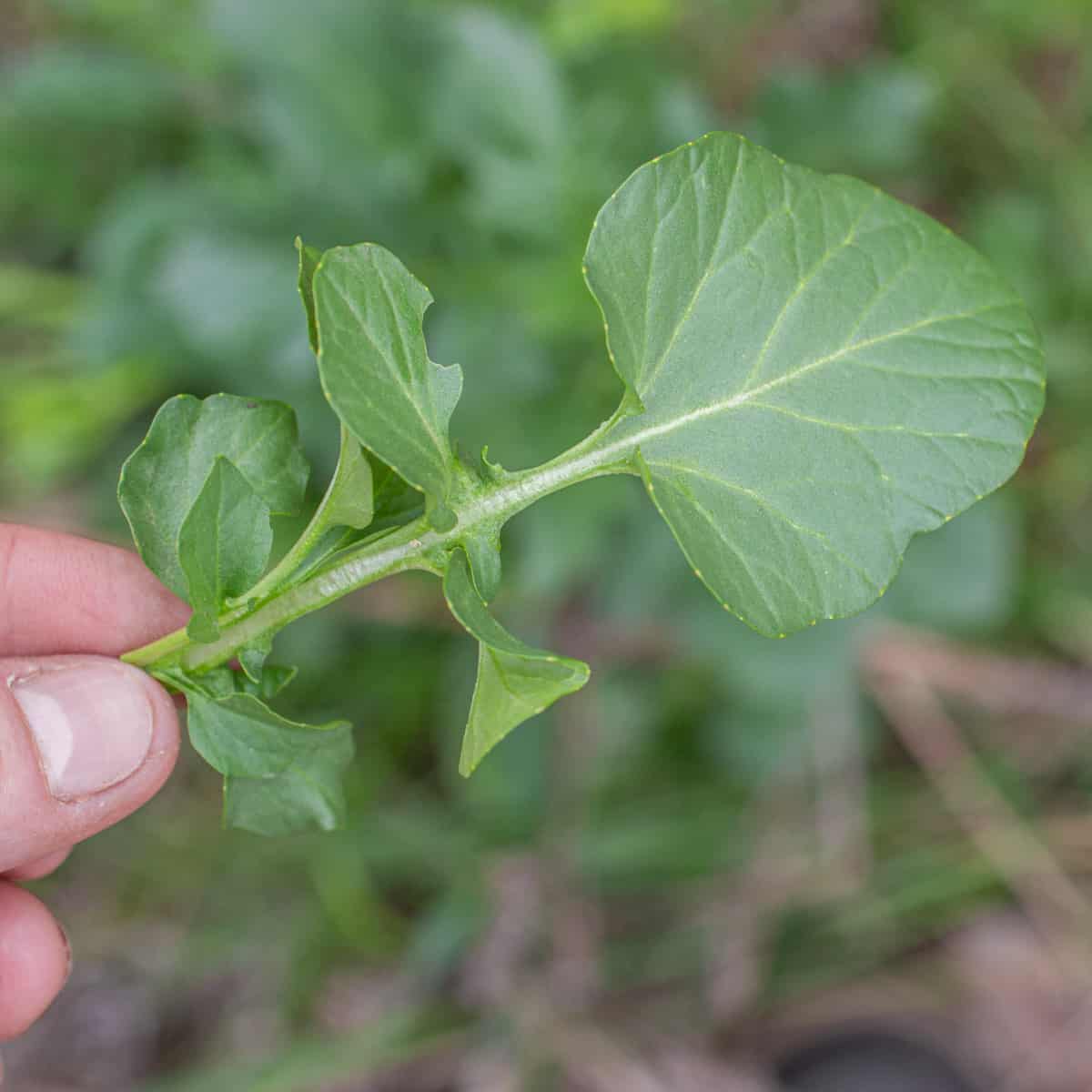
Besides B. vulgaris there's also American Yellow Rocketcress (Barbarea orthoceras). Both yellow rocket weeds are near identical, with a bitter taste.
In early Summer, flower stalks will appear with bright yellow flowers at the top of the plant. After pollination the flowers create seed pods.
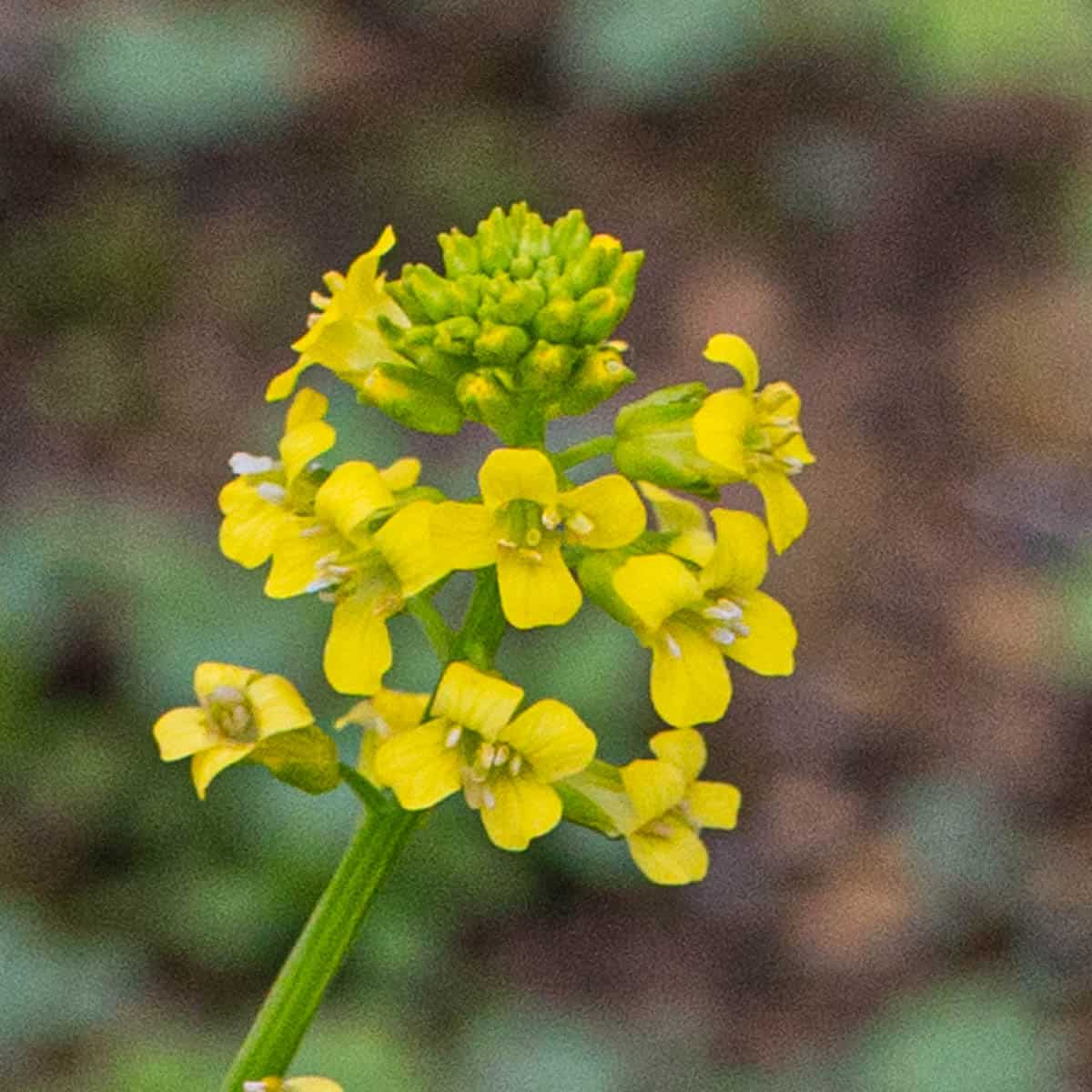
Each individual flower is composed of four yellow petals that form a cross when the flowers open, which is where the name cruciferous comes from (crucifix).
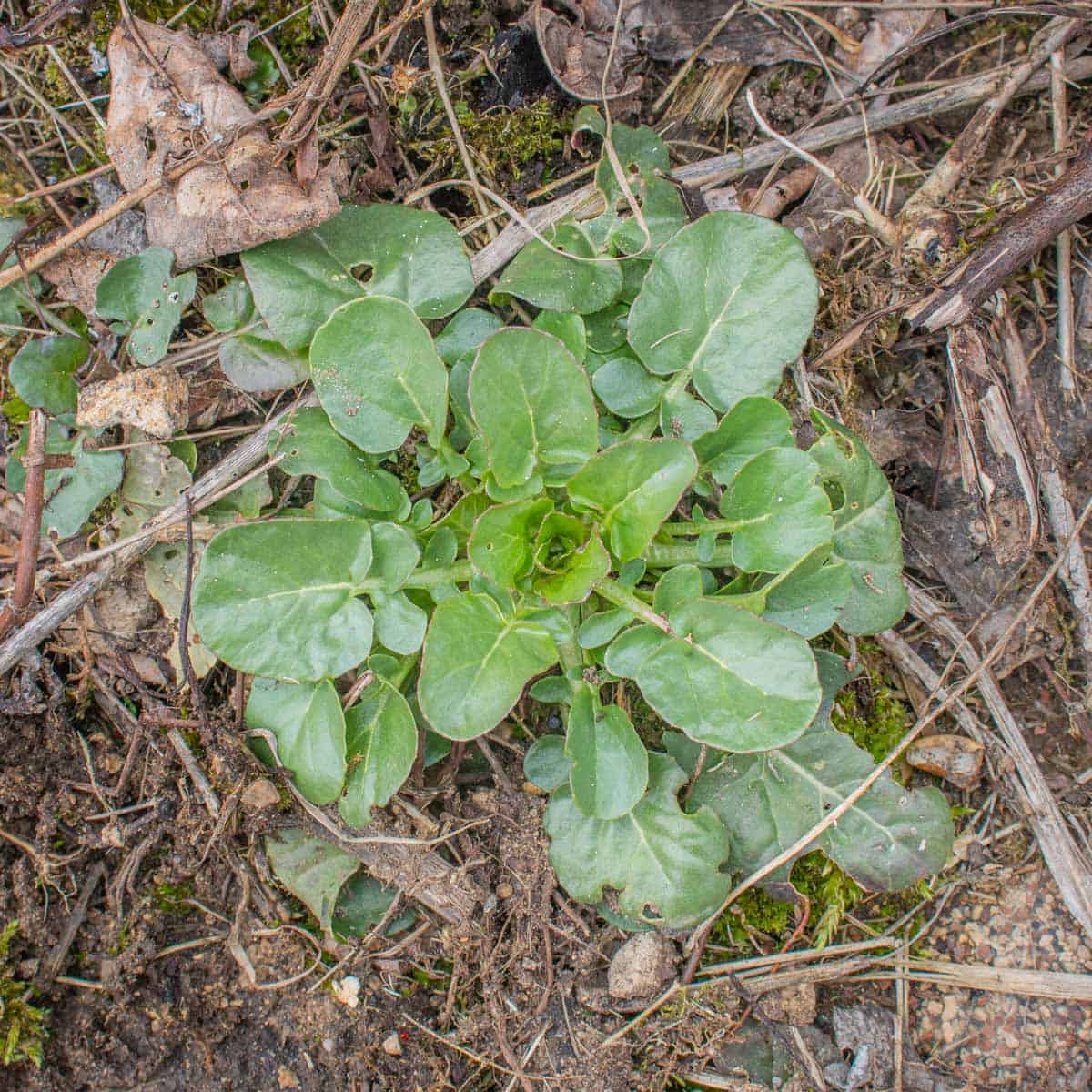
Eating Yellow Rocket
Bittercress, taking after it's name, is bitter. But don't disregard the plant just because it has a strong flavor.
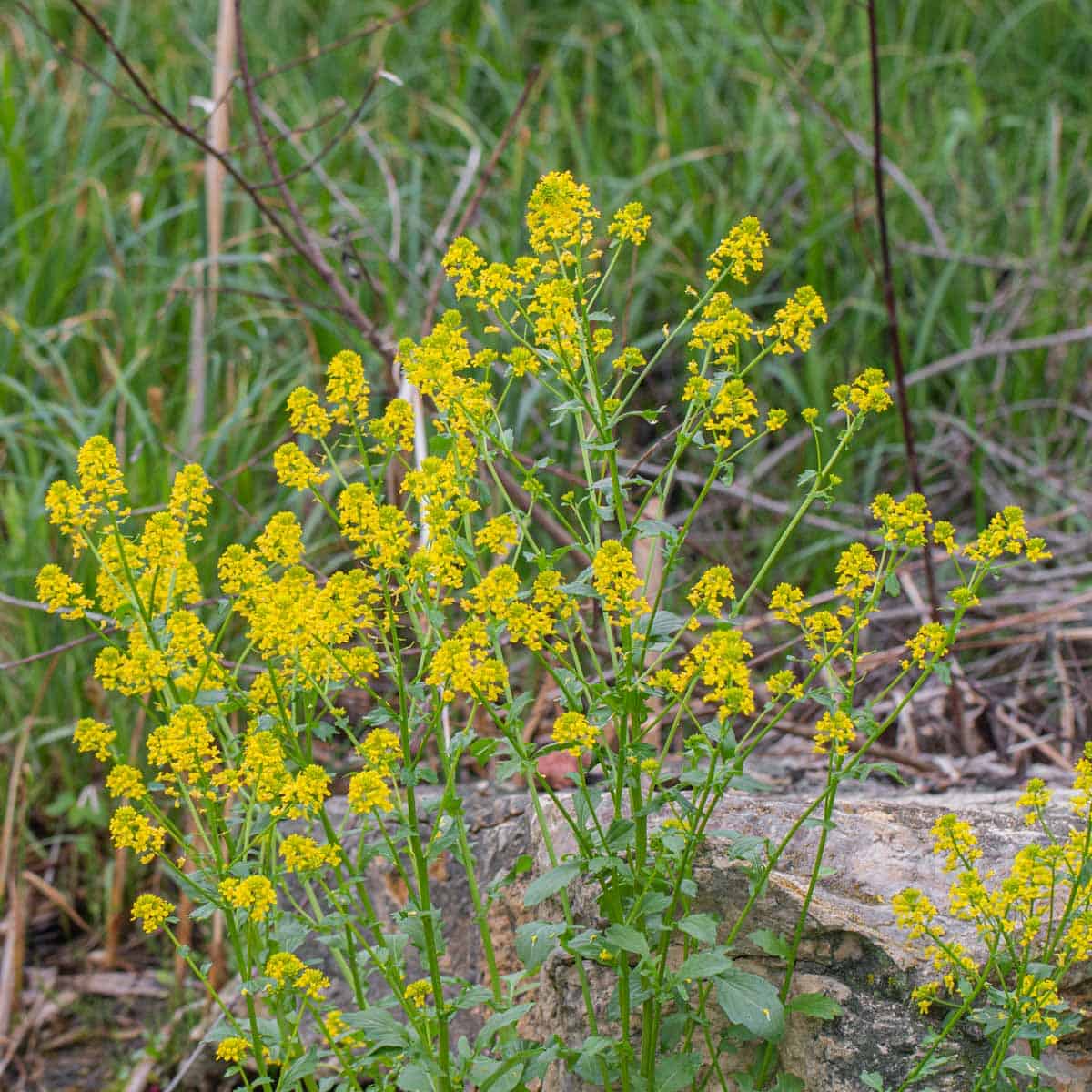
Yellow rocket flowers are edible too.
Cultures around the world highly value bitter greens. In the Twin Cities I often see Hmong Immigrants harvesting the plant for food.
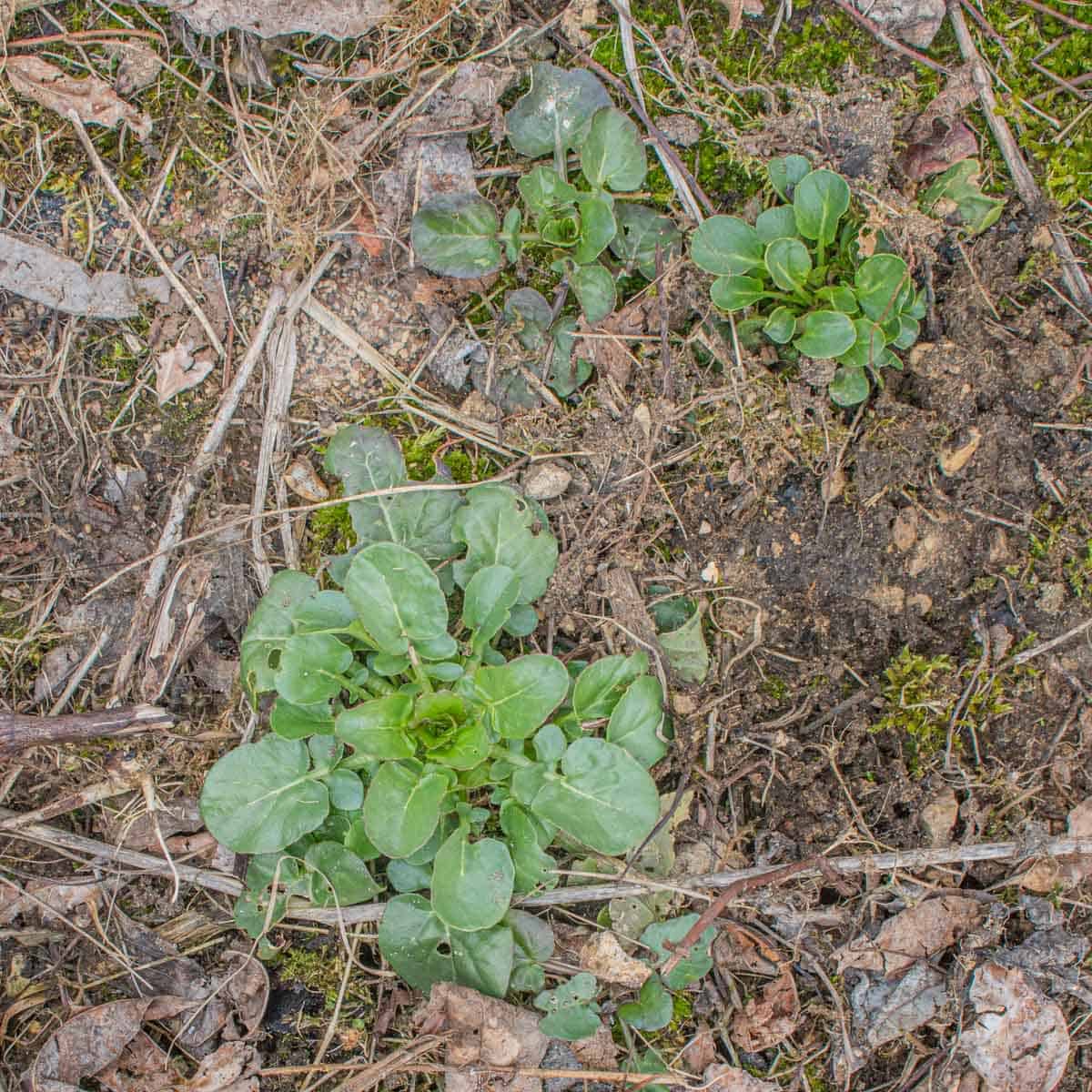
Clusters of Barbarea often grow together.
To harvest, harvest young leaves with a scissors and put them in a bag, inspect for beetles and bug damaged leaves.
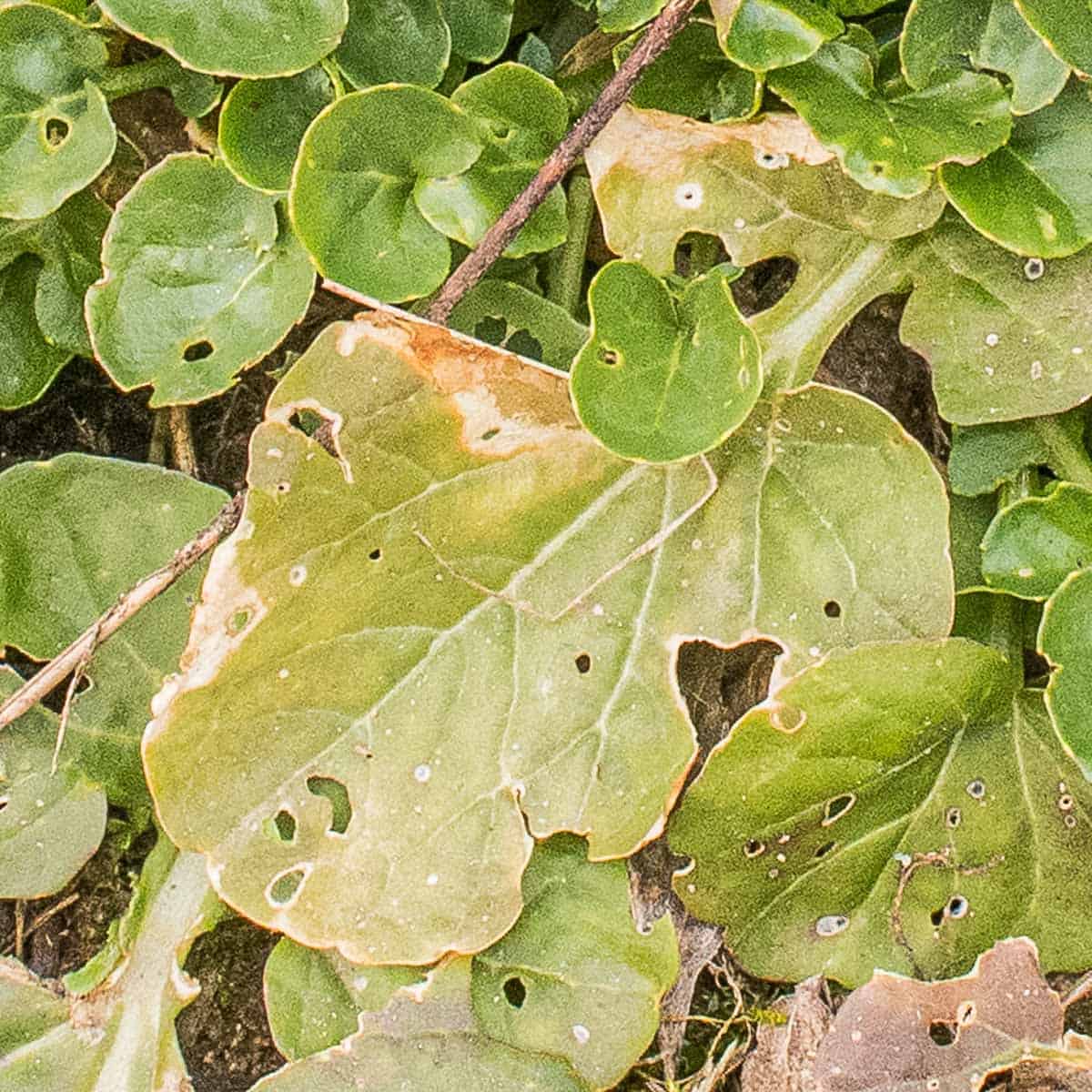
The best time to harvest is when the early leaves are about 4 inches long. You can add small amounts of cut leaves to salads, or cook like spinach.
To calm the bitter wild mustard flavor, blanch yellow rocket until just tender in boiling, salted water. To further remove bitterness, soak overnight in cold water. Bitter greens like strong flavors. If you want to try this green, consider the following ideas for cooking:
- Cook the greens with rich, fatty meats like sausage.
- Fermenting in a kimchi or sauerkraut like fermented Chinese mustard greens.
- Mix yellow rocket with greens like spinach, watercress or nettles for a milder flavor.
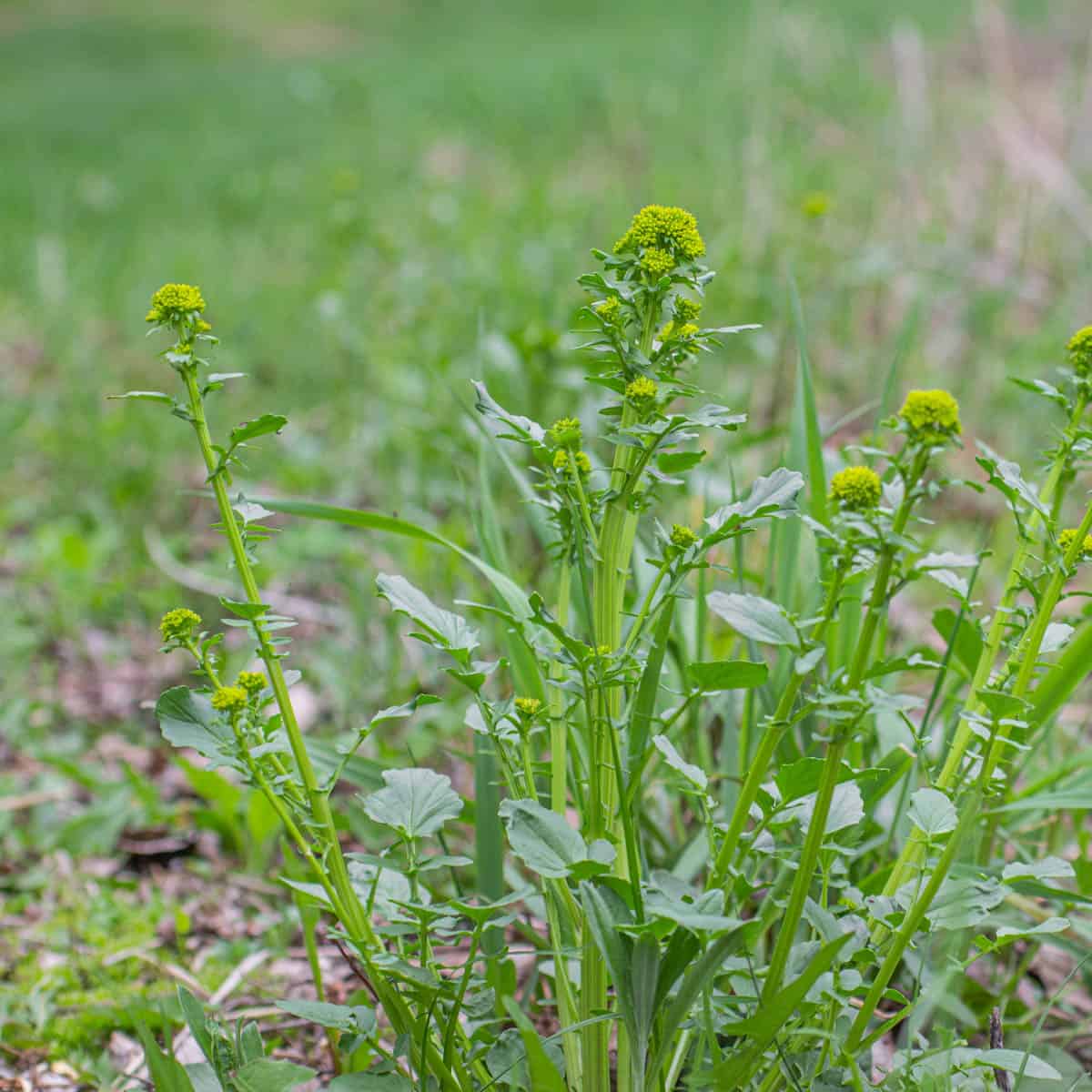
Edible Flower Buds
The unopened flower buds are bitter, but also the perfect partner for the classic Italian orrechiette alla barese.
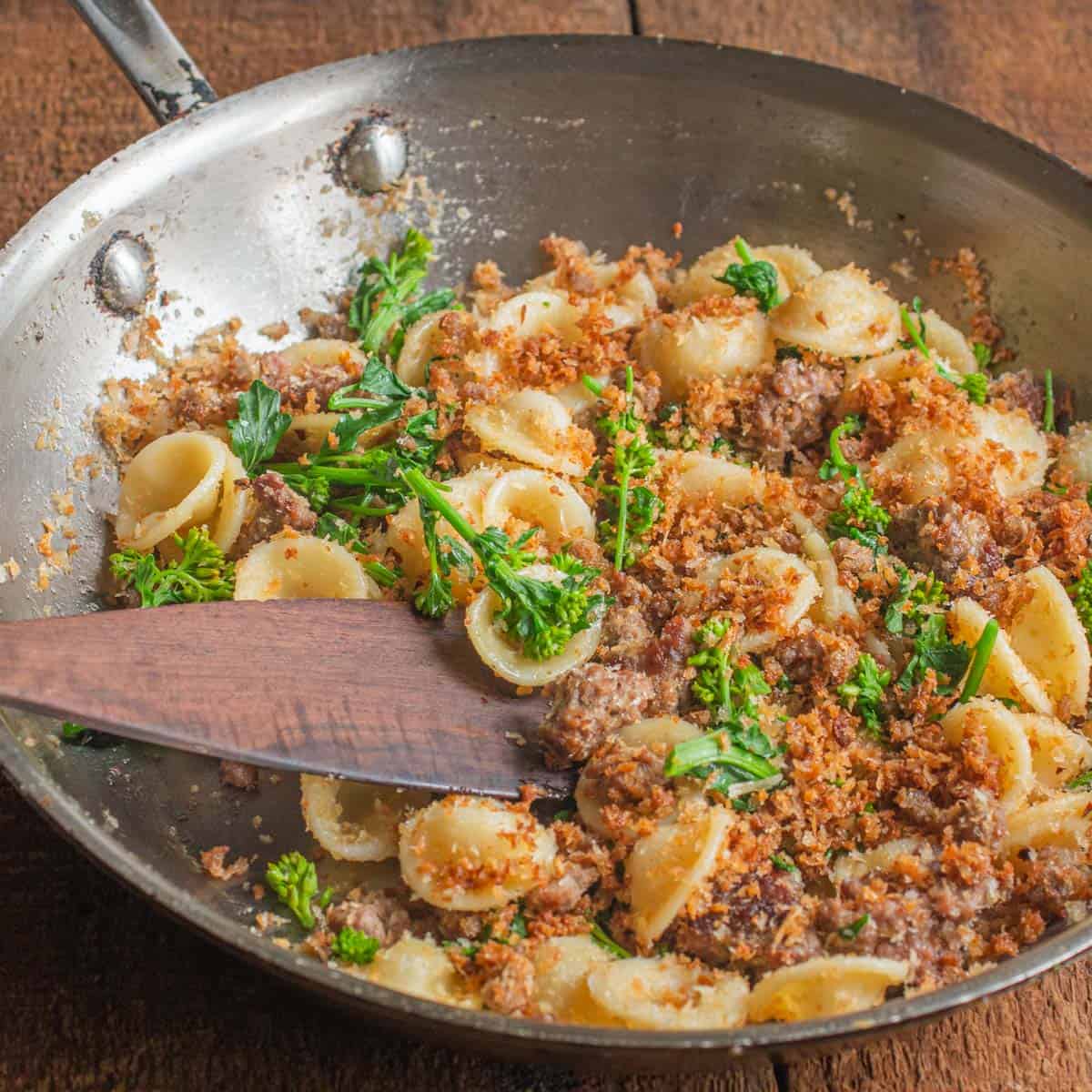
Orrechiette with broccoli raab with yellow rocket plants.
Barbarea Vulgaris Medicinal Uses
The leaves have been used as a poultice for treating wounds and a tea made from the leaves has been used to increase the appetite. It's also antiscorbutic and diuretic (references below).
References
Foster. S. & Duke. J. A. A Field Guide to Medicinal Plants. Eastern and Central N. America.
Coffey. T. The History and Folklore of North American Wild Flowers.
Chopra. R. N., Nayar. S. L. and Chopra. I. C. Glossary of Indian Medicinal Plants (Including the Supplement). Council of Scientific and Industrial Research, New Delhi

Debra A. Brooks
I happen to love bittercress! One thing my foster mother Ann taught me about bitter greens, is to soak them in milk for about 15-20 minutes, you can either rinse them and sautee them I love these with real butter, mushrooms and onions or being dutch-afied lol I use that milk, and make a bacon dressing consisting of Milk, honey or brown sugar, and apple cider vinegar, I add, hard boiled eggs, mushrooms and onions (always) and sometimes also a wild mushroom sauce made with pheasantback mushrooms, Though me and lemons don't quite get along, I have steamed the cress and made them with a hollandaise sauce. But mostly the bacon dressing is my preferred method as I love dandelions and my Docks.
Carla Beaudet
Got to disagree that "cooking won't remove the bitter". I find the raw taste of the greens completely too bitter for my liking (but I keep nibbling on them when I find them, so what does that tell you?) but when I boiled them in salted water for 7 min. the result was no more bitter than cultivated "mustard greens". (My husband ate them without complaint.) The season for the greens is over, but I took a tip from you and clipped some of the flower buds. Sadly, these do not stand up to 7 min. of simmering; they turned to mush and I ended up composting them. I plan to harvest some more (they're everywhere) and see if a quick blanching like the 30s you recommend in the orrechiette recipe will take away enough of the bitter for my taste and still leave some texture.
Jacqui
I have a big jar of kimchi fermenting right now that includes possibly too much bittercress along with the radish leaves, turnip greens and ramps. It is, you guessed it, bitter. Now I like bitter greens and I can eat it, though I would not be unhappy if the bitterness were to fade a bit over time. But I doubt anyone else I know will be willing to eat it, and it's a pretty big jar. Kimchi for the whole year, at least. I'll let you know if the fermentation calms the bitterness. Sometimes it is just a matter of time. My dandelion bud "capers" are much less bitter at one-year old than they were when they were freshly made.
Alan Bergo
Thanks Jacqui, sometimes I gather some when things are just getting going here but, like garlic mustard, it's not the best edible out there imo.
Andy
Was looking to do precisely that, Jacqui: Adding bittercress to 'stretch out' my ramp kimchi. I wonder if I should just blanch the unopened flower buds and be conservative with how many to add?
Jacqui
Hi Andy,
I know the bittercress is tempting...
But there are lots of other things you can add to "stretch out" your kimchi and still leave it edible for normal folks.
I have had a lot of success with watercress (USE THE STEMS - THEY'RE THE BEST PART), mustard greens and garlic mustard (the leaf petioles of the latter are a bit tough but the young flowering stalks are great). And I just put up a jar of kimchi with japanese knotweed stems as about 1/4 of the total plant parts. It's too young to know how it will turn out, but I'm confident. I have, in the past, added young leaves and chopped leaf petioles of cow parsnip, and you could even try nettles. But seriously, I kind of regretted the bittercress experiment when I tasted it. But I'll let you know if the bitterness calms down as it matures.
Alan Bergo
The bittercress looks so lush right now. If only it tasted just a little better. 🙂